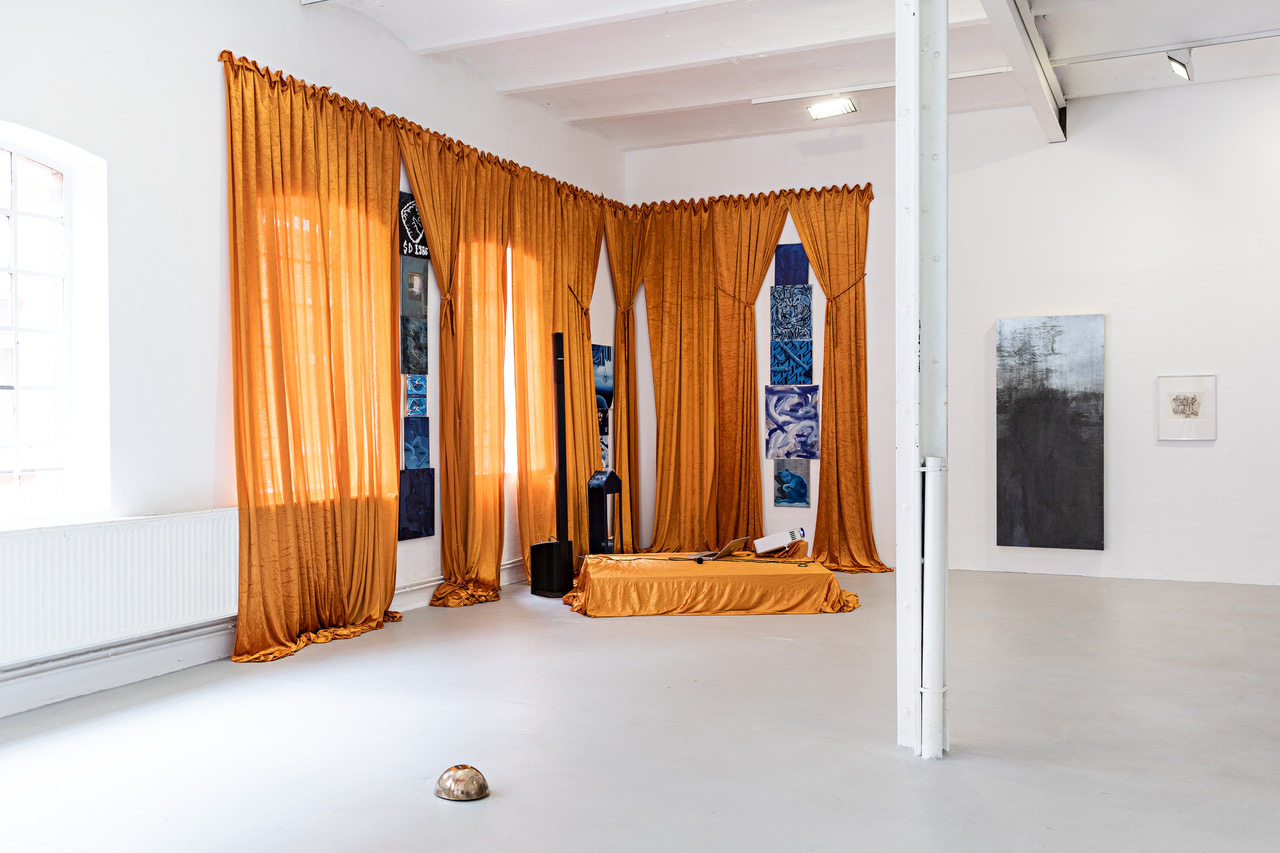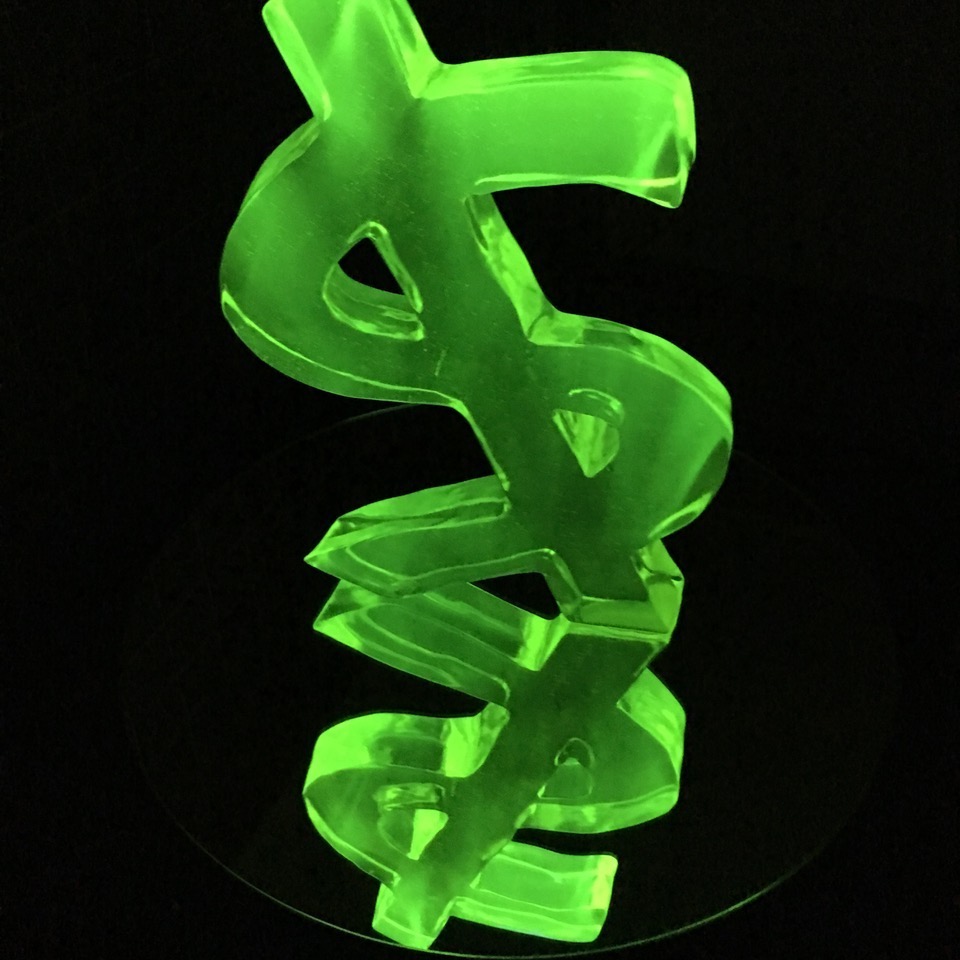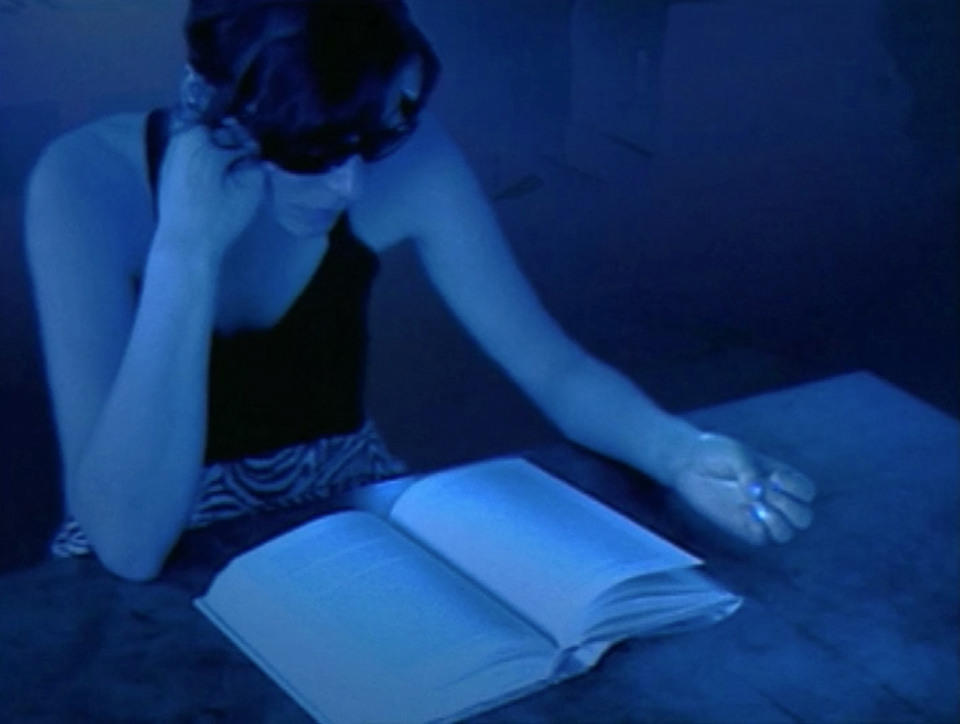artists & participants
curators
press release only in german
RAHMENPROGRAMM
Sonntag, 01. Juli 2018, ab 16 Uhr
Ort: Halle fuer Kunst Lueneburg, Reichenbachstr. 2, 21335 Lueneburg
Eintritt frei
Im Rahmen von »Kunst und Kuchen« Spezial fuehren Henning Bohl und Stefanie Kleefeld durch die Ausstellung »Harsh Astral. The Radiants II«, die sie gemeinsam mit UNITED BROTHERS kuratiert haben. Im Anschluss oeffnet erneut die »Mutant Autopilot Brushes« Open Karaoke Stage. Zudem gibt es Drinks, Gegrilltes und fuer die, die es moegen, Fußball.
»Kunst und Kuchen« Spezial findet im Rahmen der Ausstellung »Harsh Astral. The Radiants II« mit Arbeiten von Norimizu Ameya/Iwaki Sogo High School, Ei Arakawa, Nobuyoshi Araki, Henning Bohl, Kerstin Braetsch, Kerstin Braetsch/UNITED BROTHERS/Sergei Tcherepnin/Stefan Tcherepnin, Chaos* Lounge, Jay Chung & Q Takeki Maeda, Bontaro Dokuyama, Wenzel August Hablik, Oriza Hirata/Seinendan, Ryan Holmberg, Susumu Katsumata, Erika Kobayashi, Jutta Koether, Kitty Kraus, Anita Leisz, Mutant Autopilot Brushes, Ariane Mueller, Yuki Okumura, Pratchaya Phinthong, Terry Riley, Lucie Stahl und Alivia Zivich statt, die noch bis zum 22. Juli 2018 in der Halle fuer Kunst Lueneburg zu sehen ist.
*
AUSSTELLUNG
HARSH ASTRAL – THE RADIANTS 3
26.05.2018 - 22.07.2018
Eröffnung am 25.05.2018 19:00 Uhr
HARSH ASTRAL. The Radiants
26.05.2018 - 22.07.2018
Eröffnung am: 25.05.2018 19:00
Künstler:
Norimizu Ameya/Iwaki Sogo High School, Ei Arakawa, Nobuyoshi Araki, Henning Bohl, Kerstin Brätsch, Kerstin Brätsch/UNITED BROTHERS/Sergei Tcherepnin/Stefan Tcherepnin, Chaos* Lounge, Jay Chung & Q Takeki Maeda, Bontaro Dokuyama, Wenzel August Hablik, Oriza Hirata/Seinendan, Ryan Holmberg, Susumu Katsumata, Erika Kobayashi, Jutta Koether, Kitty Kraus, Anita Leisz, Mutant Autopilot Brushes, Ariane Müller, Yuki Okumura, Pratchaya Phinthong, Terry Riley, Lucie Stahl, Alivia Zivich
»HARSH ASTRAL. The Radiants« ist eine Ausstellung über das Erdbeben und die daraus resultierende Krise im japanischen Kernkraftwerk Fukushima Daiichi im März 2011 wie auch über Radioaktivität im breiteren Sinne. So werden in der Ausstellung Arbeiten zu sehen sein, die den, mit dem Motiv verbundenen losen und assoziativen Fäden folgend nicht nur um Radioaktivität, sondern auch um Strahlung, Transformation und Energie im Allgemeinem kreisen. Interessant ist dabei, dass Radioaktivität von einem grundsätzlichen Moment der Ambivalenz durchzogen ist, was jedoch weniger in dem Phänomen selbst, als vielmehr in seinem potentiellen Gebrauch gründet. Wohnt doch jeder Wissenschaft und Technik ein zugleich utopisches wie dystopisches Moment inne. Dass es hier auch nach dem - zumindest in westlich geprägten Ländern - Ende einer regelrechten atomaren Euphorie in den 1950er Jahren und ihrer damit beginnenden kritischen Infragestellung dennoch kein Entkommen gibt, zeigt sich nicht zuletzt in dem, drei Jahrzehnte nach Ende des kalten Krieges erneuert drohendem, nuklearen Aufrüsten; womit Radioaktivität jenseits ihrer ohnehin immerwährenden bedrohlichen zivilen Nutzung als Energiequelle erneut an politischer Sprengkraft gewinnt. Die Ausstellung wird zusammen mit der Green Tea Gallery und Henning Bohl realisiert.


